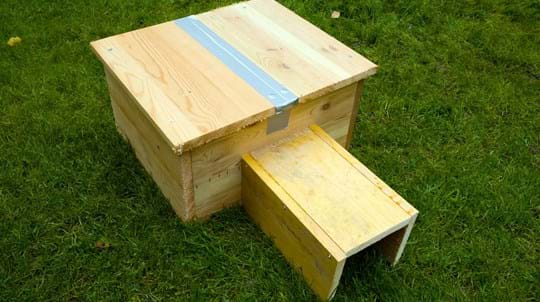
Blog
How to make a hedgehog house
Charlotte Varela • 19 Aug 2019

Content manager
Are you lucky enough to have a hedgehog visiting your outdoor space? These much-loved mammals are in trouble, but you can help visiting hogs, and perhaps tempt in others, with food, water and shelter. Here’s our guide to what hedgehogs eat, when you should feed them and other ways to make a difference.
Hedgehogs are classed as vulnerable to extinction in Great Britain on the IUCN Red List of Threatened Species. They are legally protected.
Helping hedgehogs brings us the joy of interacting with the natural world, but can make a real difference too. Their numbers have dropped dramatically, with populations in rural areas declining by between a third and three-quarters nationally in the last two decades. In urban areas, hedgehog numbers might be starting to recover thanks to people's efforts in their gardens and green spaces.
Insects and other invertebrates are the hedgehog’s main natural food source. A typical diet includes:
Hedgehogs snuffle through the undergrowth in woodland, farmland, parks and gardens to hunt their prey and use their keen sense of smell and hearing to catch anything they disturb. While creepy crawlies are top of the menu, hedgehogs are opportunistic eaters and will munch carrion, fallen fruit and birds' eggs if they come across them.
It’s thought a lack of food may be a factor in the hedgehog’s decline as agricultural intensification and pesticide use have reduced invertebrate numbers.
As opportunistic eaters, hedgehogs will readily consume food left out in your garden. The best foods to provide are:
It’s not clear how much urban hedgehogs rely on food provided by people, but it’s thought to supplement rather than replace their natural diet.
Offering food and water for visiting hedgehogs is especially important during periods of dry, hot weather, when natural resources can become scarce.
It's a good idea to put out food for hedgehogs all year round. In spring, it will be a boost for those emerging from hibernation, while in late summer and autumn it will help them build up those all-important fat reserves to survive the colder months.
During winter, it’s worth keeping an eye on weather forecasts and offering food when mild nights are expected too. Hedgehog hibernation isn’t constant. As their fat reserves deplete, many wake up to search for food before going back to sleep, especially youngsters born later in the year. A bowl of cat biscuits left undercover will stay dry and edible for at least a week.
Help protect food and water from weather, debris and cats by making a simple feeding station. Use whatever’s to hand to make a shelter with a small entrance and a tunnel or sharp angle that prevents cats stealing food. My well-visited station is just a few bricks with a large slab on top that lifts off so food can be placed in the corner.
Give garden wildlife food and shelter with our ready-made habitats and feeders.
Shop the rangeWhen feeding hedgehogs, avoid:
Don't forget to put out a shallow dish of water which can be a lifeline for hedgehogs, especially during a hot, dry summer.
Contrary to popular belief, hogs are lactose intolerant and milk can make them ill, so please only offer them water.
Make your garden even more appealing to hedgehogs by attracting their natural prey. Allowing areas to become overgrown or adding a pond, log pile or compost heap will provide habitat for creepy crawlies, and attract birds and other wildlife that feed on them too.
For hedgehogs to enjoy your efforts, they need easy access to your outdoor space. An individual hog can range over a mile in one evening, but gardens with impenetrable walls and fences make it difficult for them to move around. Create a 'hedgehog highway' - a space of just 13 x 13cm to allow any hog to get in and out. You could ask neighbours' permission to make the gap in any shared boundaries, and encourage them to do the same on all sides to help local hedgehogs travel even further.
Hedgehogs need sheltered spaces to sleep during the day and hibernate through winter. A small area left to grow wild, compost heaps and log piles can all be used by resting hogs and are great ways to make a hedgehog-friendly garden. Another option is to buy or build a hedgehog house. Put it in a quiet, shaded corner of your garden for the best chance of a hog moving in. Or go the whole hog and grow a hedge! Hedges are an important habitat for hedgehogs and with so much food and shelter, it’s one of the best ways to support other wildlife too.

Blog
Charlie Mellor • 26 Jun 2020
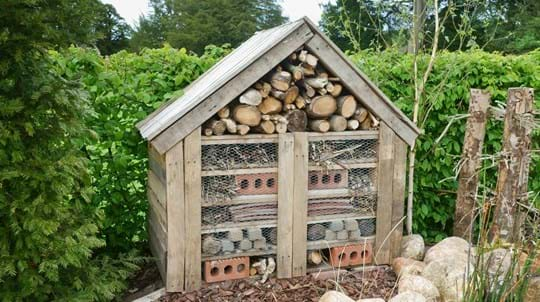
Blog
Danielle Wesley • 05 Sep 2019
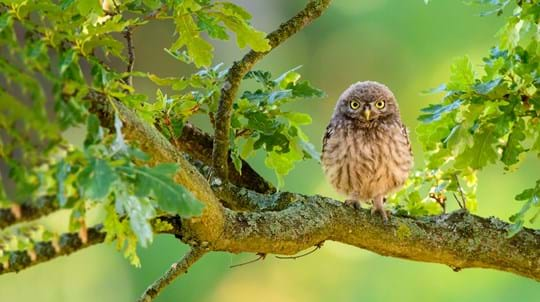
Blog
Charlie Mellor • 02 May 2023
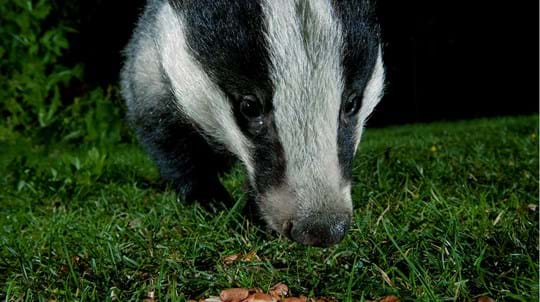
Blog
Helen Keating • 27 Aug 2019
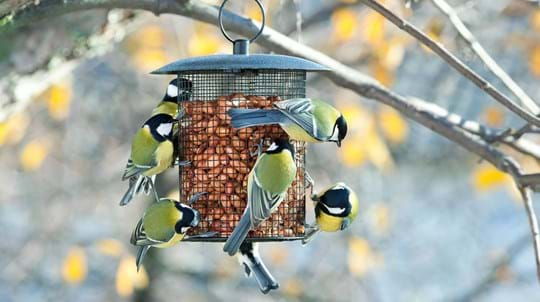
Blog
Kayleigh Jacobs-Rutter • 29 Apr 2025
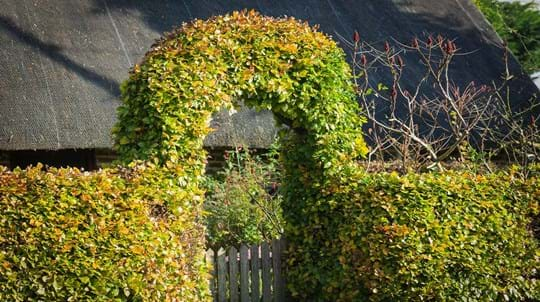
Blog
Helen Keating • 23 May 2023
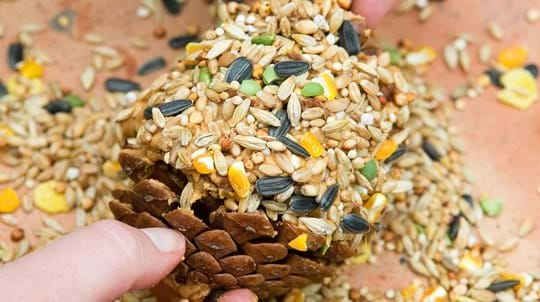
Blog
Amy Lewis • 15 Jan 2019
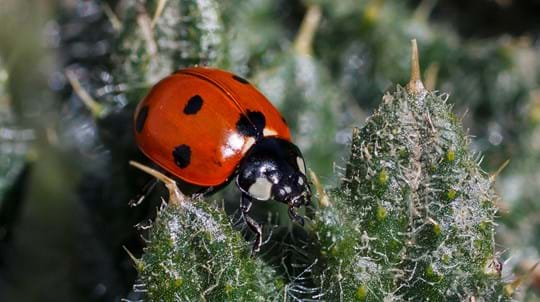
Blog
Charlie Mellor • 16 Apr 2024

Blog
Charlotte Varela • 16 Aug 2019

Blog
Rachel Hoskins • 12 Jul 2019

Blog
Hannah Vickers • 08 Feb 2019